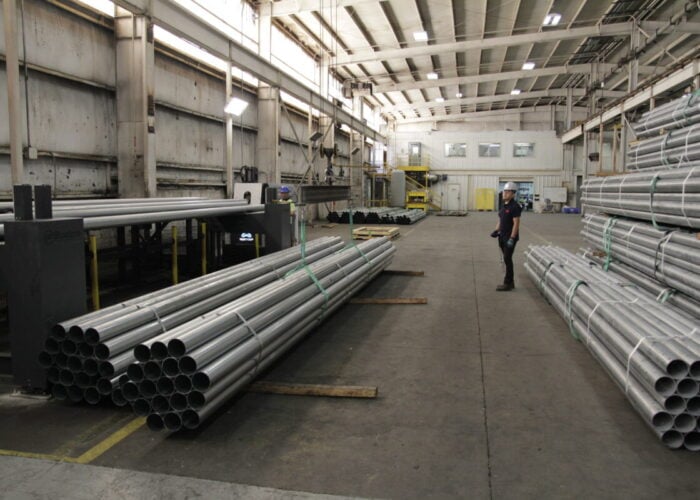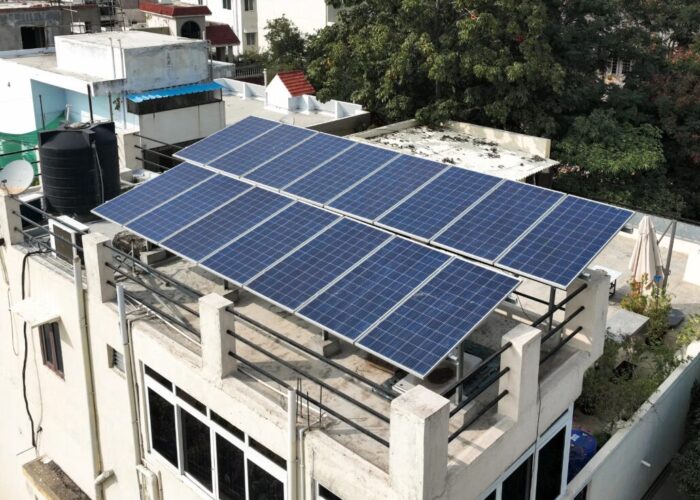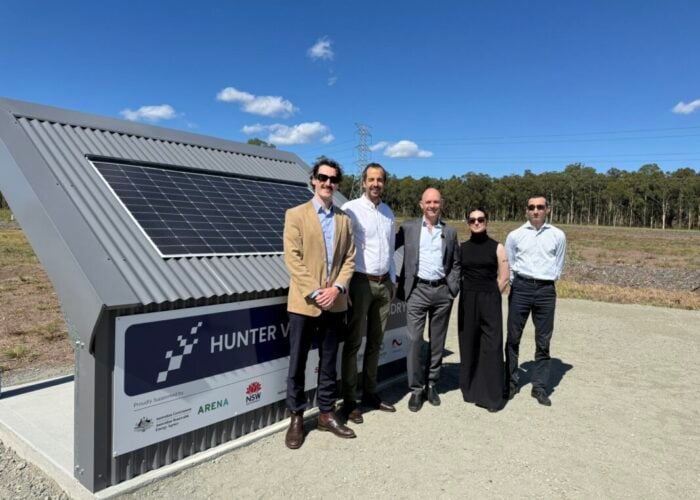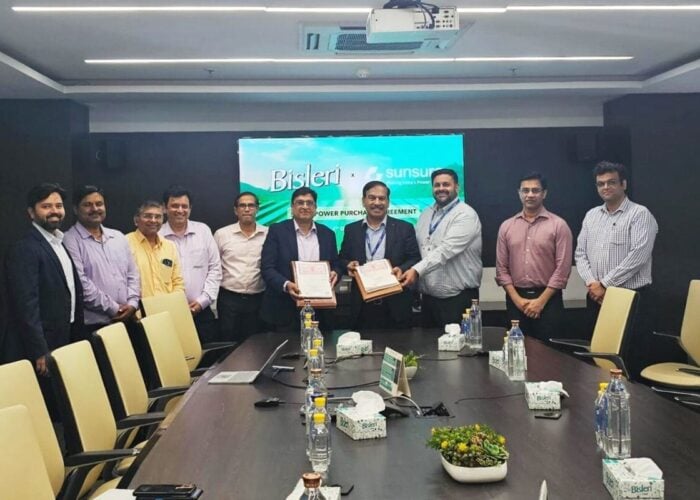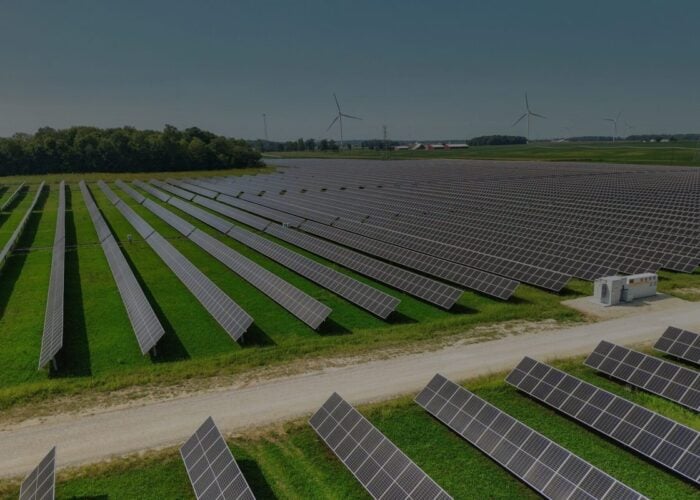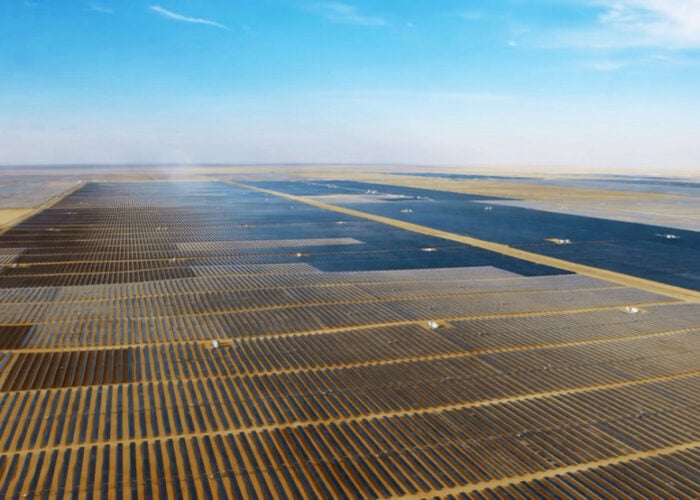
As the global push for clean energy accelerates, the solar industry stands at a critical crossroads. Alongside its immense potential to play a key role in achieving a wide range of sustainability and electrification goals, the sector also faces significant challenges, including the fragmented nature of the solar sector’s represenation globally and geopolitical complexities.
For an example of the headwinds facing solar, one need look no further than the US, where, since beginning his second presidential term in January, Donald Trump has instigated a rollback of support for renewable energy in favour of boosting fossil fuel extraction. In the most recent alarming development, the latest version of Trump’s ‘big, beautiful’ tax reconciliation bill approved by the House of Representatives last week potentially goes much further than many had feared in limiting the scope and term of the Inflation Reduction Act tax credits, which have done so much to bolster America’s solar and storage industries.
Try Premium for just $1
- Full premium access for the first month at only $1
- Converts to an annual rate after 30 days unless cancelled
- Cancel anytime during the trial period
Premium Benefits
- Expert industry analysis and interviews
- Digital access to PV Tech Power journal
- Exclusive event discounts
Or get the full Premium subscription right away
Or continue reading this article for free
This shift in policy contrasts sharply with the views of industry leaders such as Sonia Dunlop, CEO of the Global Solar Council (GSC), who emphasises the transformative potential of solar and storage technologies for expanding energy access and driving economic growth in developing nations.
“Solar energy can play a crucial role in helping us achieve the Sustainable Development Goals and electrify communities and businesses in ways previously unattainable. We must dream big because with solar, everything is possible,” Dunlop tells PV Tech Premium.
Barriers to solar growth: representation, competition and geopolitics
Despite an optimistic outlook, Dunlop highlights several challenges that need to be addressed before the dream of a “solar revolution” is realised.
The first barrier lies in the inherent fragmentation within the solar industry, which hampers its ability to consolidate a strong political voice compared to more unified sectors like wind. “Almost in every country around the world, the solar industry association is much smaller than other energy associations such as wind. This reflects the fact that we are more fragmented as an industry – with many smaller companies and a lot of very small and medium-sized businesses,” she says.
Another challenge is the internal structure of solar industry associations. “The organisation always has to find a balance between the rooftop market and the utility-scale market,” Dunlop notes. She explains that while utility-scale players contribute most of the revenue, rooftop installers – often micro-SMEs – struggle to afford membership fees. As a result, several national associations are skewed in favour of large-scale developers, limiting broader representation.
According to Dunlop, creating a strong network of national solar industry associations could help them build their capacity. To that end, the GSC is conducting training sessions globally, particularly in smaller markets, to ensure all 190 countries can participate in the energy transition.
“Our job at GSC is to bring together the entire global solar PV industry together – every country, market segment, from rooftops to utility scale, and all the parts of the value chain – both companies and national associations to mitigate the challenges including the cost of finance, grid integration, a lack of standardisation and the issue of supply chain.”
This effort to foment a greater sense of collective action was very much in evidence at Intersolar 2025 earlier this month, when the heads of a number of national associations shared a stage together during one of the keynote sessions of the conference [subscription required].
Finally, the solar industry is deeply entangled in geopolitics due to its manufacturing roots. “The solar industry is manufacturing focused. We are very much dominated by Chinese manufacturers,” Dunlop says. This dependence has both propelled global adoption and intensified the political sensitivities surrounding growth.
The US question
Talking about the current market situation concerning the US, Dunlop points out, “The political system in the US is very different. In the US, climate change and renewable energy have become heavily politicised. It’s a partisan political system, and as we all know the president is sceptical about climate change.”
She observes that climate science scepticism and denialism have become fairly widespread within the American political system, particularly among Republicans, and points out that Donald Trump has openly supported fossil fuels, reflecting a broader trend in US politics.
However, in Trump’s presidential TV debate during his election campaign, she adds, “he called himself a big fan of solar”, and this makes the industry “cautiously optimistic”.
“We’re now at the dawn of a new solar era – it is going to be the cheapest and most competitive way of generating electricity and the best way of delivering energy access. So, it is important to distinguish between what is happening in the US and what is happening around the world.”
Despite political headwinds, Dunlop notes that “if we put politics on one side and look at the facts, we see that the US has been deploying a sizeable number of solar projects”, largely driven by strong economic fundamentals. National associations like the US Solar Energy Industry Association (SEIA) are playing a key role in building local and political support for both solar and storage technologies in the region.
Despite the Trump administration’s stance on the Paris Agreement, Dunlop emphasises that “by and large, the rest of the world, outside of the US remains committed”. She points to India’s 10 million rooftop solar target and China’s 300GW annual solar installation as evidence of this progress.
Meanwhile, US investors have increasingly turned to Europe, reflecting a shift rather than a shortage of capital. Although some may disagree, Dunlop believes that in terms of the goals under the Paris Agreement, the US, representing 12% of global CO2 emissions, is not that impactful.
“Solar technology is going to deliver the necessary energy transition. It is growing exponentially all over the world and this will continue whether the US is part of this trend or not.”
China and India leading the way
The way to mitigate these challenges for a sustainable future and to welcome solar energy transformation, countries like China and India will prove to be reliable contributors, says Dunlop. “China has brought down 90% of the cost of solar over the last 10-15 years by heavily investing in mass manufacturing, which has enabled the world to scale-up by 700GW a year.”
Forecasts suggest that “by 2035 solar could already be providing 50% of global energy demand”, not just electricity. This opens the door to transformative applications like “water desalination and mass air conditioning”, which may be essential for adapting to worsening climate impacts.
Talking about India’s ambitious renewable energy goals, Dunlop adds: “We have often heard how this century is the Indian century, and India has the potential to manufacture solar at a huge scale cost-effectively.”
She emphasises that small-scale solar and storage systems are quickly phasing out fossil fuels in a “completely reliable way” and building a resilient, low-cost energy system. Furthermore, she highlights India’s competitive edge, noting that “statistically India can produce lowest cost energy in terms of deploying utility-scale solar.”
“We’re leading a global energy transformation to reach 8TW of installed capacity by 2030 and much beyond. The future excites us, because with this fundamentally simple technology, success is not just possible, it’s inevitable,” Dunlop concludes.

